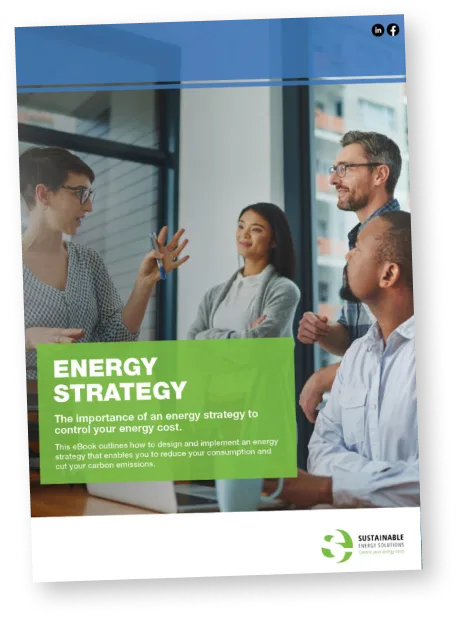Read our latest article by Andrew Reuss, our Director, as he outlines what’s been happening in the energy markets over the past quarter.
Let’s discuss what’s been happening in the energy market in the past quarter.
Energy prices have found some stability in recent weeks. As we approach the end of the year, we encourage all our clients to take advantage of market opportunities and not leave their forward contracting to the last minute. Read on as we recap some of the major drivers of electricity and gas prices over the last quarter.
In September, the Bureau of Meteorology declared an El Niño weather event, forecasting warmer temperatures, reduced rainfall, increased demand from cooling and greater potential for extreme weather such as drought and bushfire, which can cause disruption to energy infrastructure. Reduced rain and snow fall will also result in less hydro generation, increasing pressure on the energy mix.
How did the energy market stack up in Q3?
- Large Market Electricity Contracts: Electricity futures contracts fell slightly over Q3 in NSW and Victoria, with forward prices remaining largely stable in Queensland and particularly in South Australia, when compared to the previous quarter. Record-high renewable energy contribution, with mild and sunny weather raising solar generation, have all had a favourable effect on prices.
- Large Market Gas Contracts: We saw broadly lower gas demand across the network as more renewables enter the mix and temperatures remain milder than average. The ACCC’s latest quarterly Gas Inquiry Report projects that there will be an east coast surplus in the first three months of 2024, cautioning that the gas supply will still be very tight. A cap on the price of coal and gas, alongside the recently released mandatory gas code of conduct, has brought some coherence and stability to the gas market. The $12/GJ gas cap notably only affects a handful of producers and a small percentage of the total supply of gas, but it has created some downwards pressure on overall prices.
- Small Market Gas and Electricity rates: Small market gas and electricity rates generally follow the trend in the larger markets, however price adjustments are delayed and typically occur annually. On the back of last year’s extreme price volatility, the Australian Energy Regulator approved ~20-25% hikes to Default Market Offers, which took effect in July, so despite a stabilising of wholesale prices, power bills remain elevated for homes and SMEs.
What to expect in Q4:
- Question marks over Eraring (NSW) and Callide (QLD):NSW: The planned retirement of our ageing coal fleet is likely to increase pressure on the energy balance. Liddell Power Station, one of the nation’s oldest coal-fired power stations which provided 20% of NSW’s electricity generation, closed in April 2023. The focus is now on Eraring and whether government pressure will help extend its life beyond the scheduled 2025 closure date.QLD: Meanwhile, Queensland’s Callide C is still undergoing repairs after an explosion took out one of its units in 2021. Latest announcements suggest Callide is on track to be reopened by mid 2024, resulting in a gradual increase of coal supply and an easing of pressure on the energy balance. Until then, however, concerns remain over gas supply shortages from Queensland.
- Summer to get into full swing: With the declaration of an El Niño event, we can expect the end of the year and the start of 2024 to present the first real test of the network after the closure of Liddell, with increased temperatures and drier weather spurring on higher energy demand across the NEM.
*Disclaimer: This article is general information only and does not constitute financial advice. Electricity and gas commodities are volatile markets and prices vary daily.
Looking to save on your energy bills?
We help thousands of medium to large businesses control their energy costs. Discuss your business energy with our team by filling out our contact form or calling us on (02) 9371 4153.

